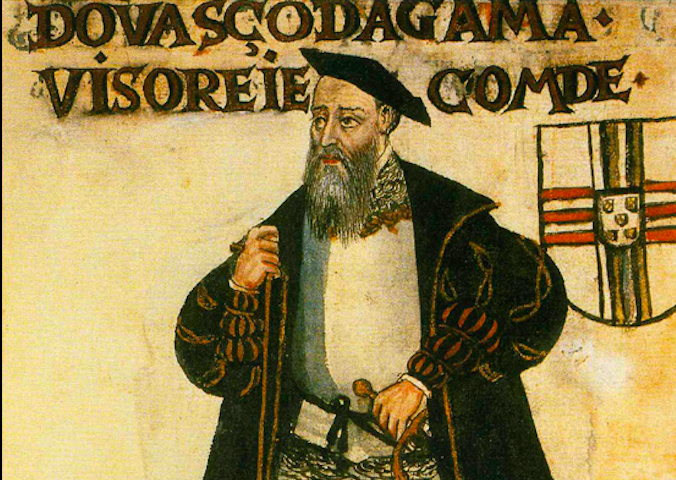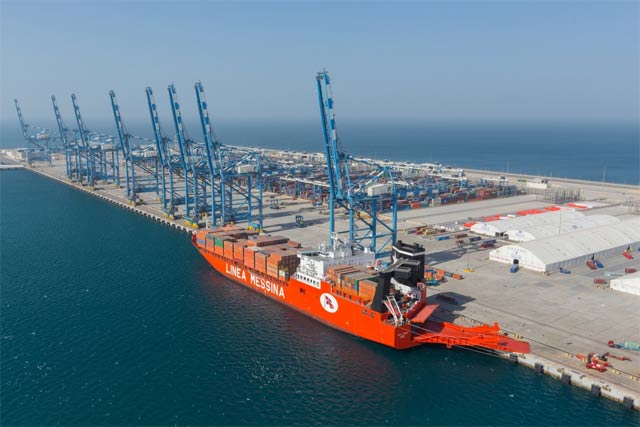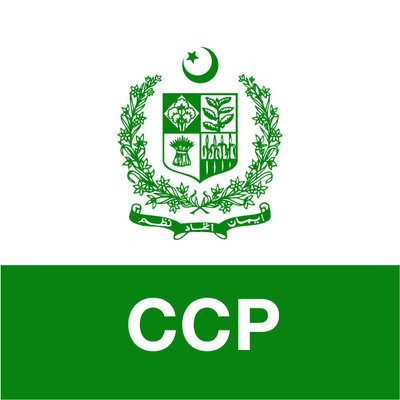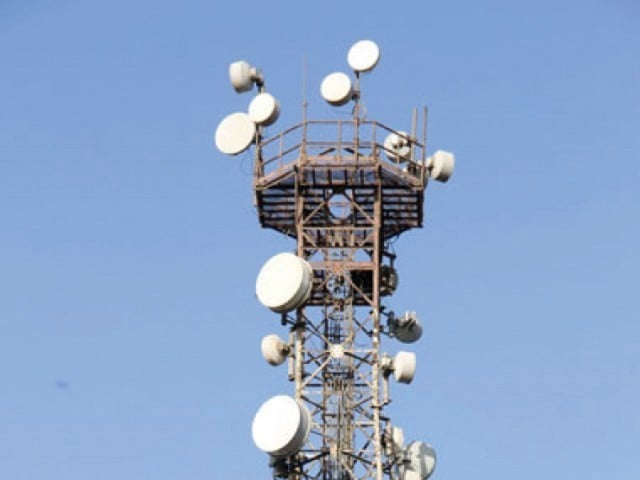Vasco da Gama in India
Vasco da Gama, one of the most famous navigators in history, is primarily known for his pioneering journey to India, marking the beginning of the Portuguese colonial empire in Asia.

Vasco da Gama, one of the most famous navigators in history, is primarily known for his pioneering journey to India, marking the beginning of the Portuguese colonial empire in Asia. His interaction with Calicut, India, was a crucial point in his career and has many facets, both positive and negative. Here's a detailed account of his voyage and activities, especially in Calicut, and the overall impact of his journey on India.
Vasco da Gama's Voyage to India (1497–1499)
The Portuguese Mission
In 1497, Vasco da Gama was appointed by King Manuel I of Portugal to command an expedition to find a sea route to India. This was part of Portugal's broader mission to establish trade routes to the East, bypassing the overland routes controlled by the Ottomans and Venetians. The Portuguese sought to access the lucrative spice trade in India, which was a significant motivation for the voyage.
The Voyage
Da Gama set sail from Lisbon on July 8, 1497, with four ships: the São Gabriel, São Rafael, Berrio, and a supply ship. He first rounded the Cape of Good Hope at the southern tip of Africa, then proceeded along the east coast of Africa, stopping at various ports, including Mombasa (in present-day Kenya) and Malindi (in present-day Kenya). From there, he crossed the Indian Ocean, reaching the port city of Calicut (present-day Kozhikode) on the southwestern coast of India on May 20, 1498.
The Encounter with Calicut (Kozhikode)
Arrival in Calicut
Da Gama's arrival in Calicut was significant because it marked the first direct contact between Europe and the Indian subcontinent by sea. Calicut, at the time, was an important trading hub, governed by the Zamorin (the ruler of Calicut). The city was well-known for its spice trade, particularly pepper, which was highly sought after in Europe.
The Portuguese Reception
Upon arrival, da Gama and his crew were initially received relatively positively by the Zamorin. The Portuguese had brought valuable gifts, including items such as red cloth, mirrors, and beads, which were appreciated. However, the Portuguese were not the first Europeans to visit India. The Portuguese aimed to establish trade relations but were also seeking control over the spice trade, which was already dominated by Arab and Venetian traders.
⚔️ Tensions and Disagreements (1498–1502)
Initial Encounter (1498)
- The Portuguese demands for favorable trade terms and the establishment of a fort were met with resistance.
- Diplomatic Friction: The Portuguese insisted on expelling Muslim traders from Calicut, which the Zamorin refused, leading to diplomatic tensions.
Escalation and Retaliation (1500–1502)
- Pedro Álvares Cabral's Expedition (1500): Cabral's fleet was attacked by local forces in Calicut, resulting in the deaths of several Portuguese. Cabral retaliated by bombarding the city, worsening relations.
- Vasco da Gama's Return (1502): In 1502, da Gama returned with a heavily armed fleet, seeking vengeance for the earlier attack and to assert Portuguese dominance.
💥 Violent Clashes and Massacres (1502)
Massacre of the Pilgrim Ship (October 3, 1502)
- The Miri Incident: Da Gama's fleet intercepted the Miri, a ship carrying Muslim pilgrims from Calicut to Mecca. Despite offers of ransom, da Gama ordered the ship to be set on fire with all passengers aboard, resulting in the deaths of over 300 people.
Bombardment of Calicut (October 29–November 3, 1502)
- Ultimatum to the Zamorin: Da Gama demanded the restoration of Portuguese property and the expulsion of Muslims from Calicut. When the Zamorin refused, da Gama initiated a naval bombardment of the city.
- Destruction of the City: The Portuguese fleet shelled Calicut for several days, causing significant damage and loss of life.
- Capture and Mutilation of Prisoners: Da Gama captured several local vessels, mutilated their crews, and sent the severed body parts to the Zamorin as a message.
📉 Negative Impact on Calicut and the Region
- Economic Disruption: The Portuguese attacks crippled Calicut's thriving spice trade, leading to economic hardship for the city and its inhabitants.
- Loss of Life and Property: The bombardments and massacres resulted in significant loss of life and destruction of property in Calicut.
- Strained Diplomatic Relations: The aggressive Portuguese tactics alienated local rulers and merchants, fostering resentment and mistrust.
🏛️ Who Benefited and Long-Term Implications
Beneficiaries
- Portugal: Secured a maritime route to India, establishing a foothold in the lucrative spice trade.
- Portuguese Traders: Gained access to direct trade with Indian markets, bypassing intermediaries.
- Local Allies: Rulers like the Raja of Cochin benefited from Portuguese support against rivals like the Zamorin.
Long-Term Implications
- Portuguese Colonial Presence: Established a lasting Portuguese presence in India, notably in Goa and along the western coast.
- Cultural Exchange and Conflict: Initiated a period of cultural exchange and conflict between Europe and the Indian subcontinent.
- Legacy of Hostility: The violent methods employed by da Gama left a legacy of hostility and mistrust between the Portuguese and many Indian communities.
Da Gama's Departure from India
After his second voyage in 1502, Vasco da Gama returned to Portugal. His legacy in India is a mixture of accomplishment and destruction. Although he secured the sea route to India for Portugal, the aggressive tactics he employed led to bitter relations. His role in Calicut and the wider Indian Ocean region set the stage for the Portuguese empire's further expansion, but it also made them many enemies.
- Final Years and Return to India: Vasco da Gama would return to India later in his life. In 1524, he was appointed as the Portuguese viceroy in India but fell ill shortly after arriving in Goa and died in December of the same year. His death marked the end of his direct involvement in Indian affairs, but his legacy continued through the Portuguese colonial presence in India.
Vasco da Gama’s encounters with India, particularly in Calicut, were marked by both remarkable achievements and significant consequences. His successful voyage opened the sea route to India for Portugal, but his aggressive and often violent tactics against the local population sowed the seeds of a strained relationship between the Portuguese and the Indian subcontinent. The legacy of Vasco da Gama is a complex one—while he was an accomplished navigator who helped shape the history of European exploration, his interactions with India were marred by violence, exploitation, and cultural clashes that would affect the region for generations.











